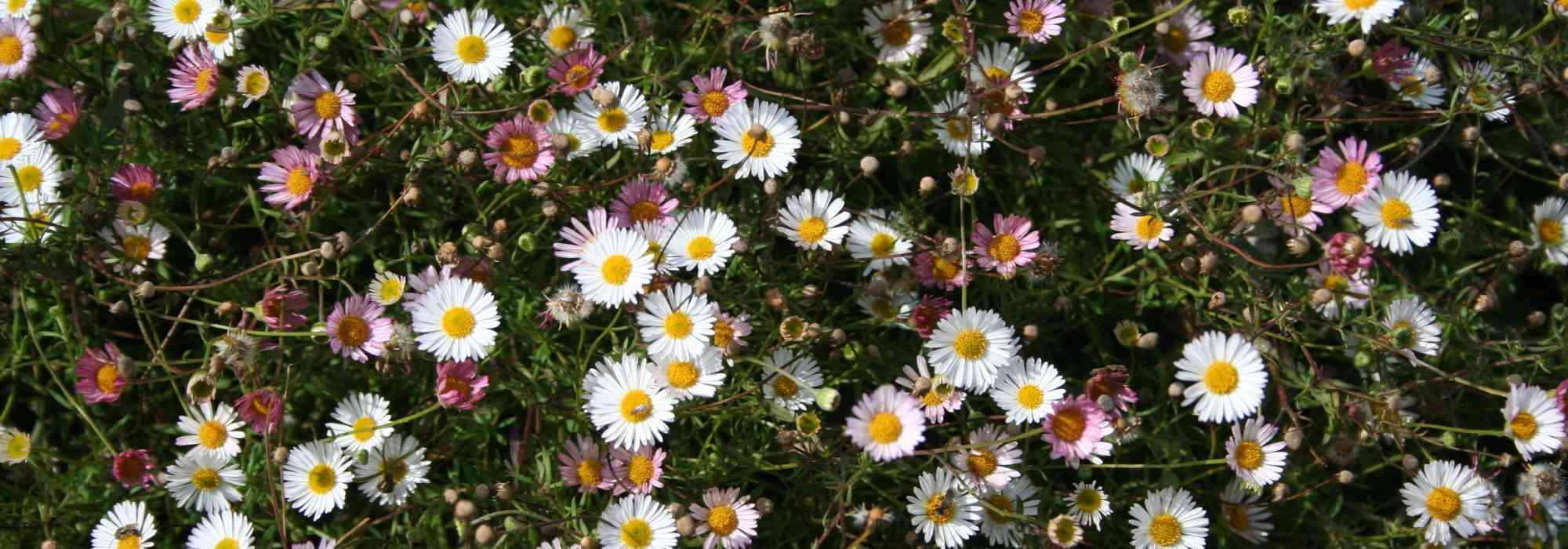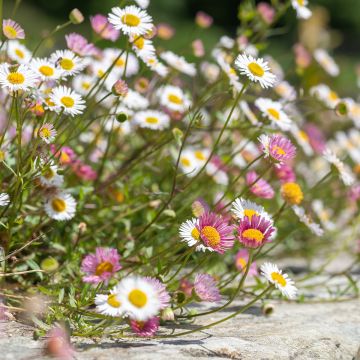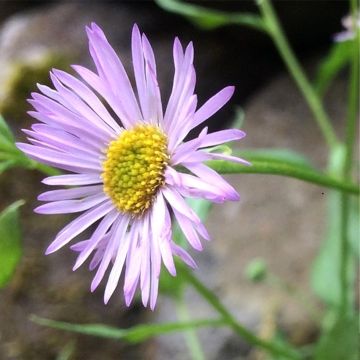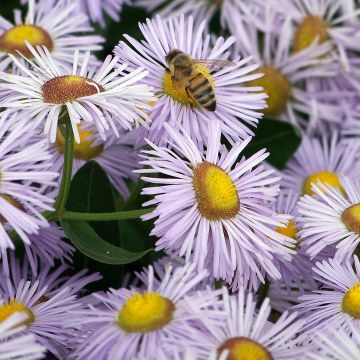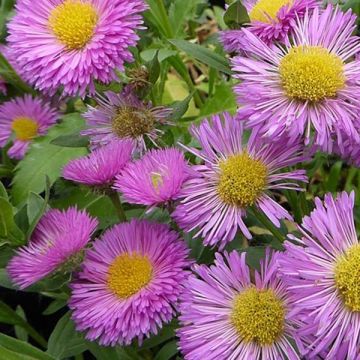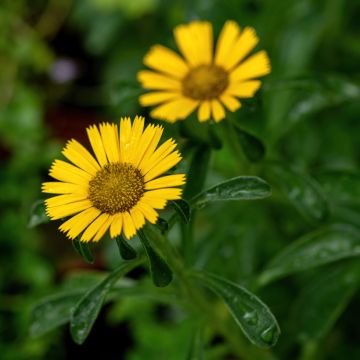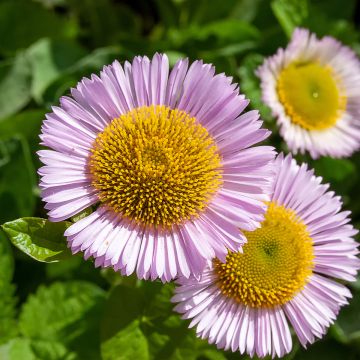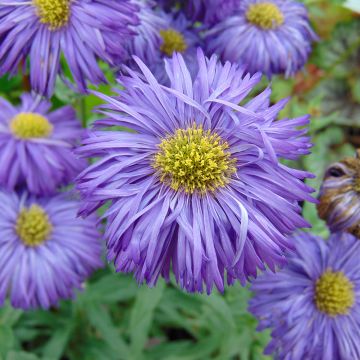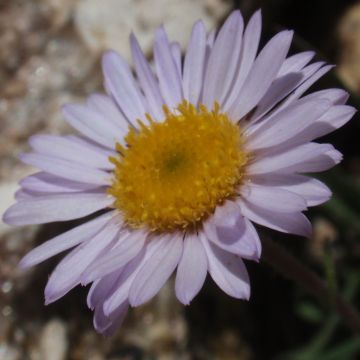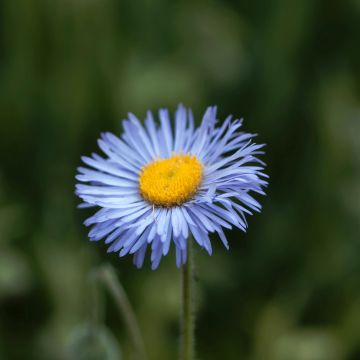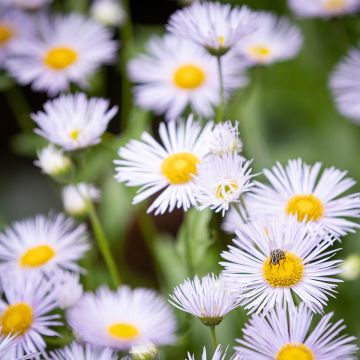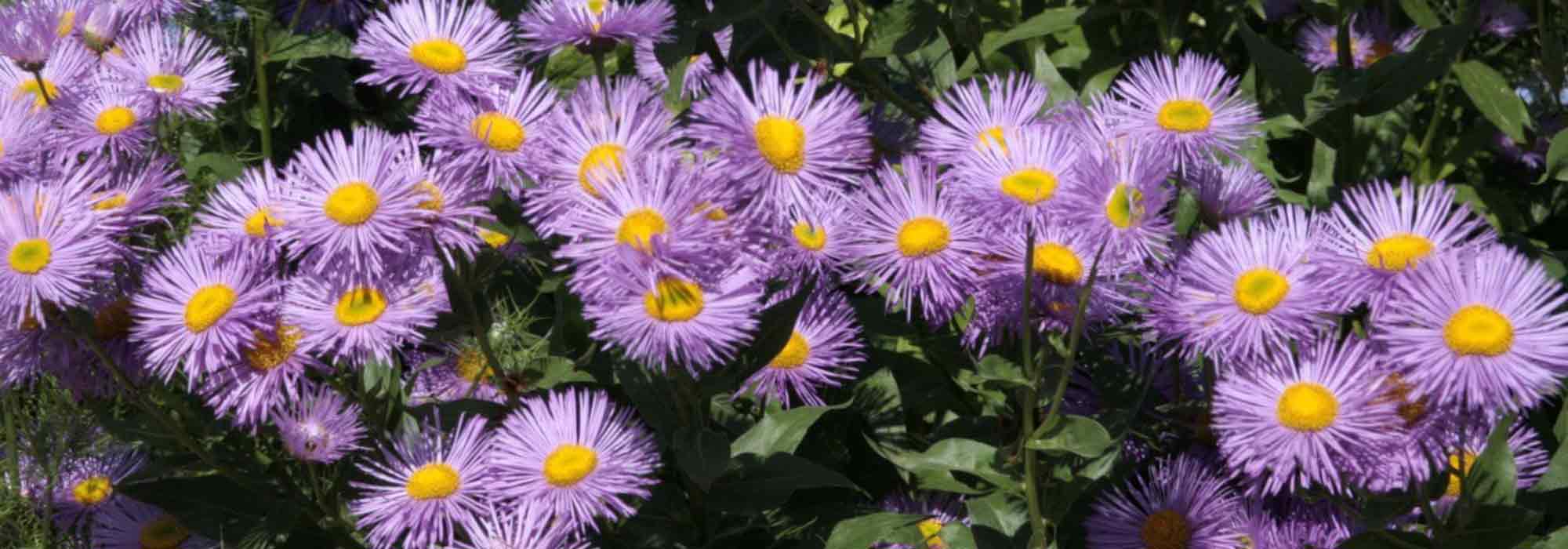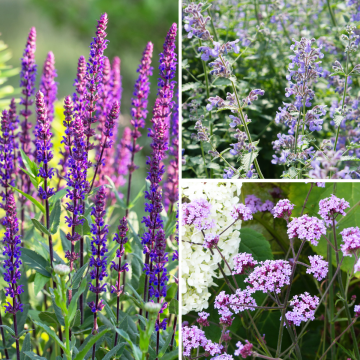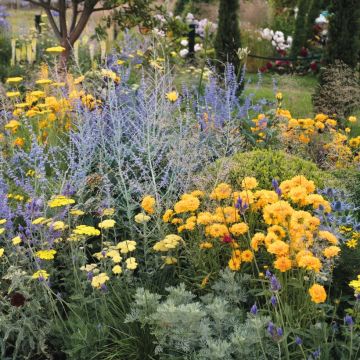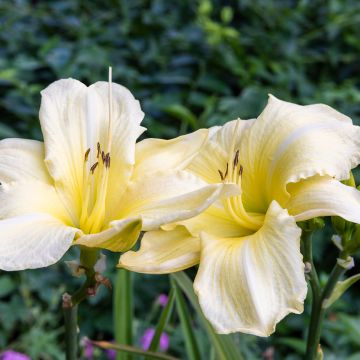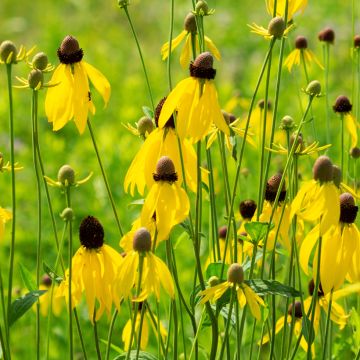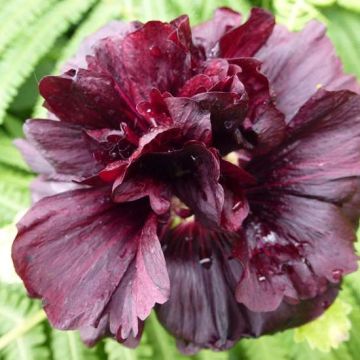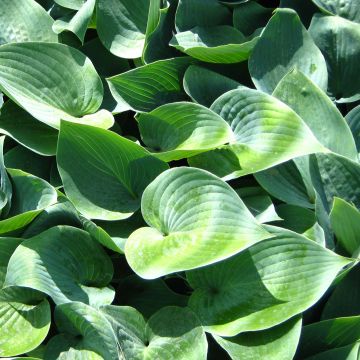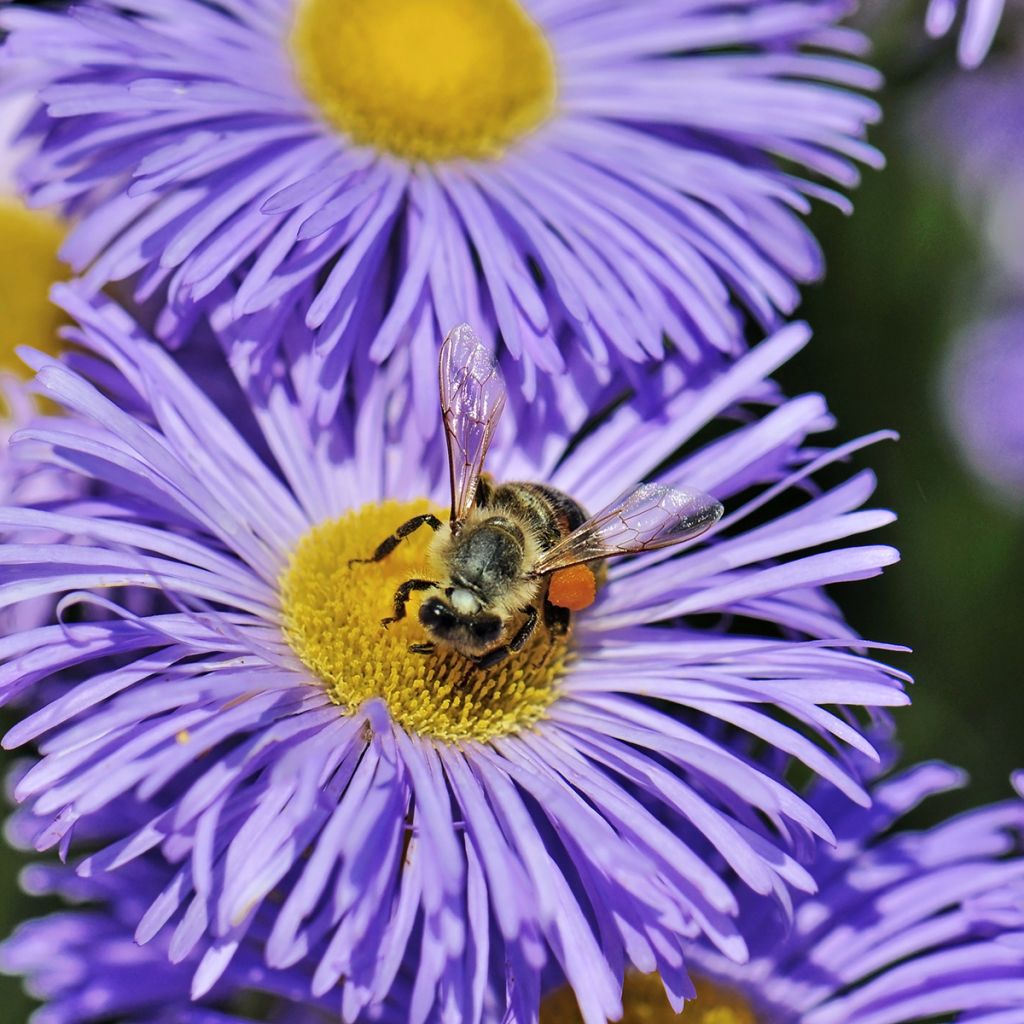

Erigeron speciosus Azure Beauty


Erigeron speciosus Azure Beauty
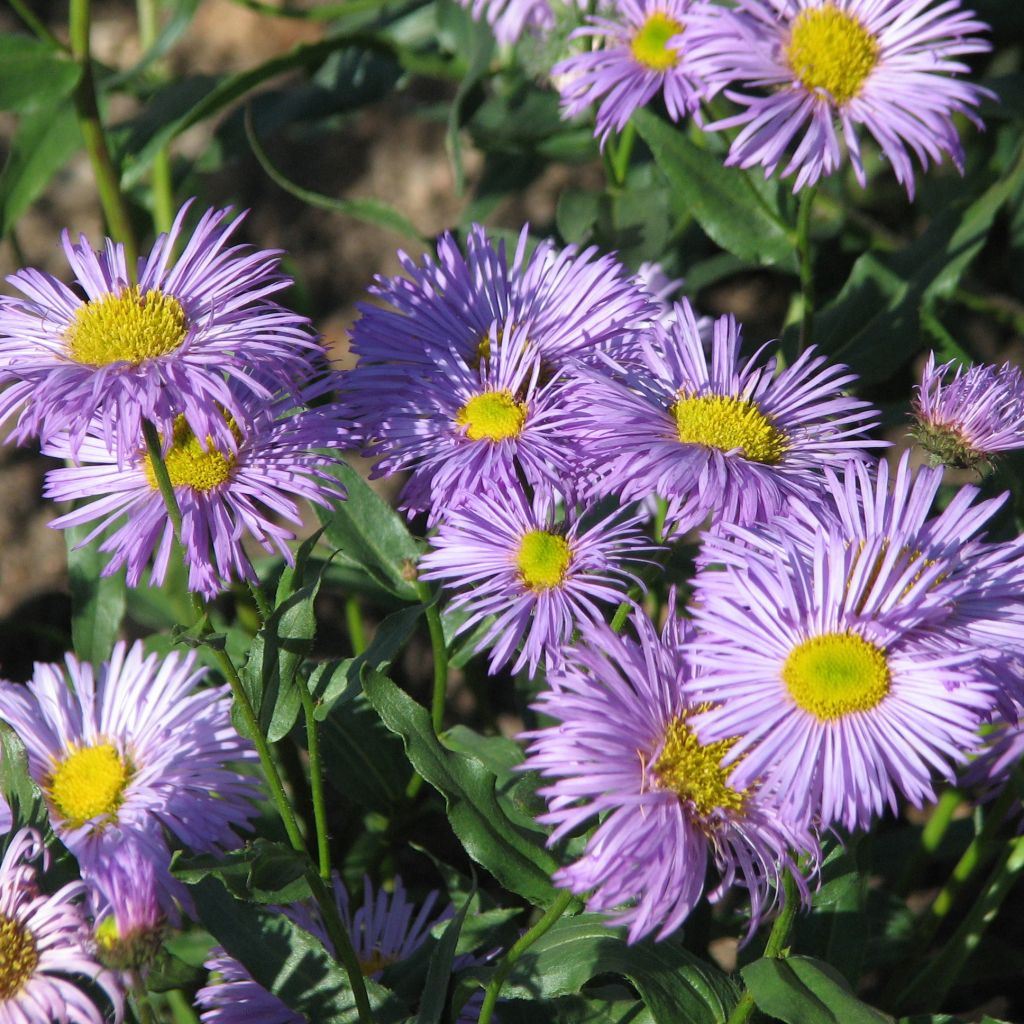

Erigeron speciosus Azure Beauty
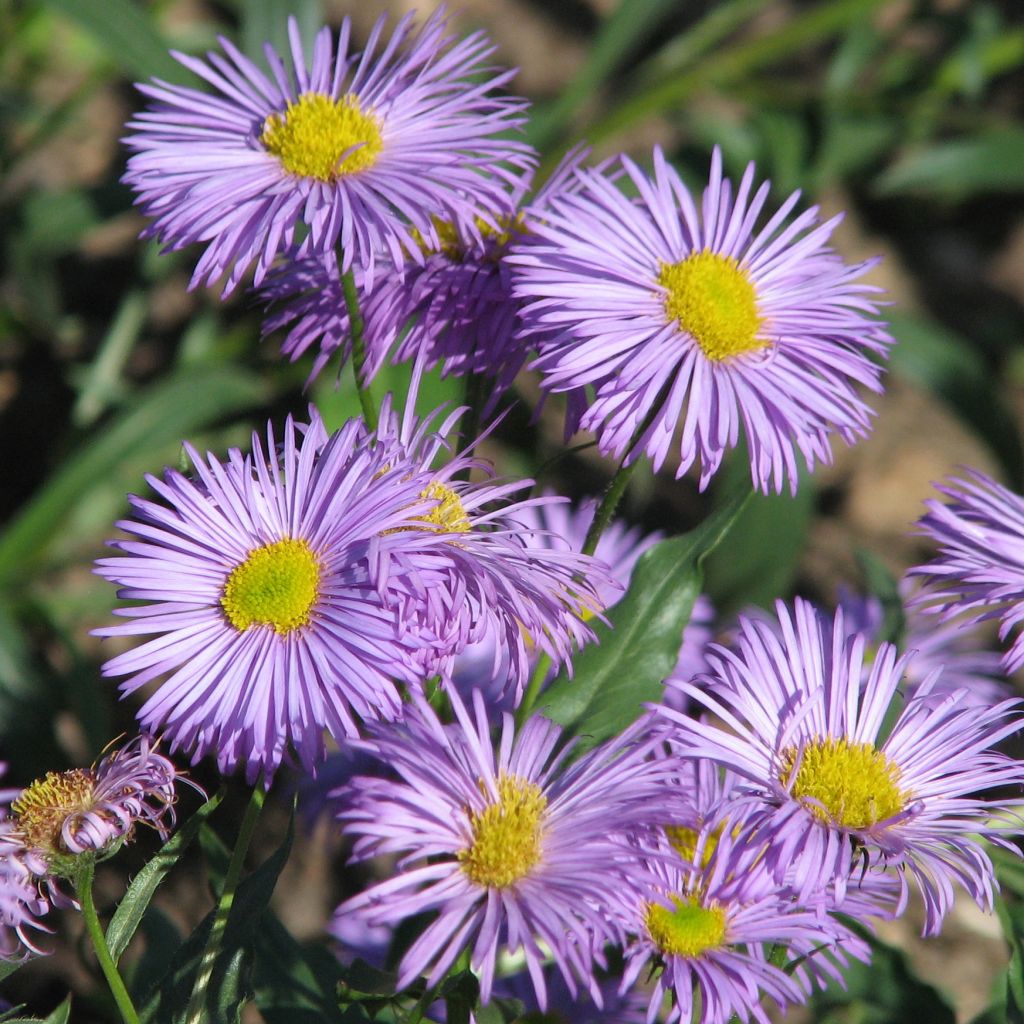

Erigeron speciosus Azure Beauty
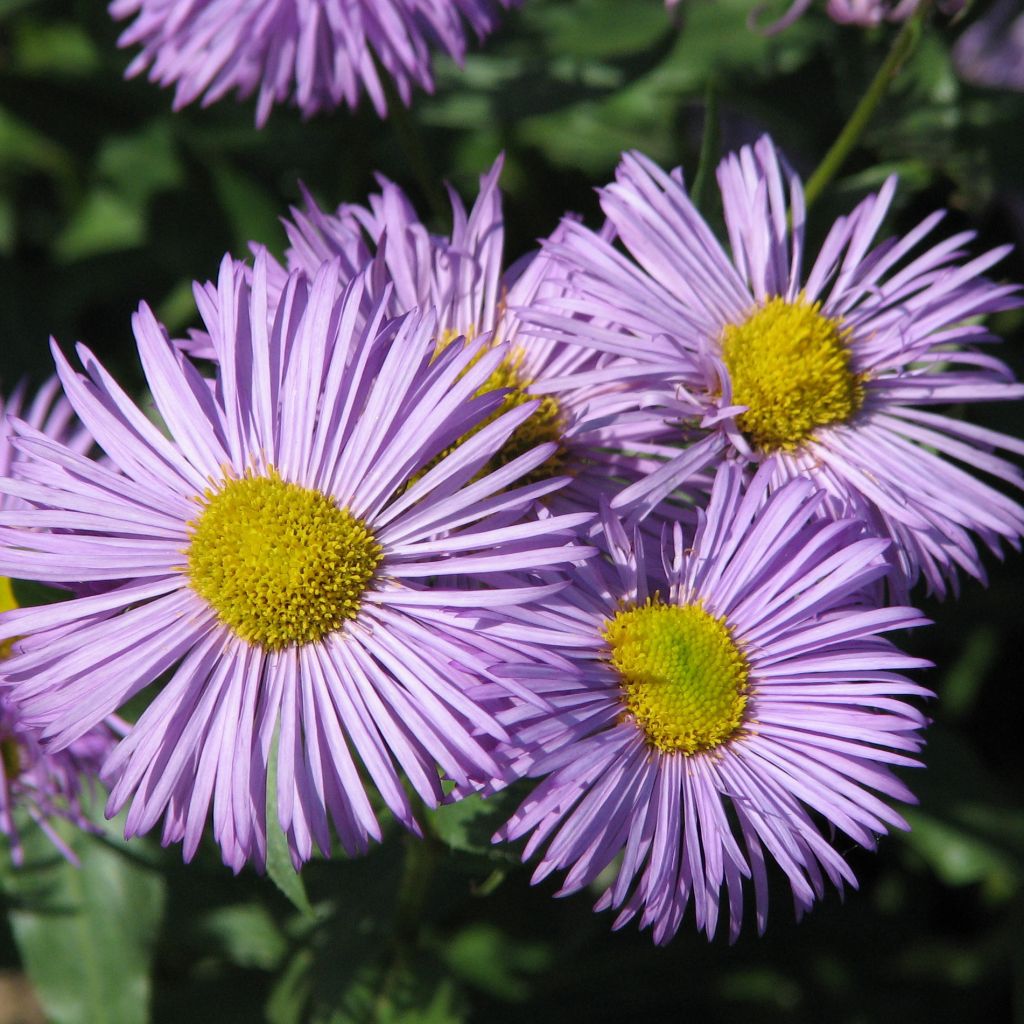

Erigeron speciosus Azure Beauty
Erigeron speciosus Azure Beauty
Erigeron speciosus Azure Beauty
Fleabane
Arrived in excellent condition and already well established after planting.
Samuel, 03/04/2021
Special offer!
Receive a €20 voucher for any order over €90 (excluding delivery costs, credit notes, and plastic-free options)!
1- Add your favorite plants to your cart.
2- Once you have reached €90, confirm your order (you can even choose the delivery date!).
3- As soon as your order is shipped, you will receive an email containing your voucher code, valid for 3 months (90 days).
Your voucher is unique and can only be used once, for any order with a minimum value of €20, excluding delivery costs.
Can be combined with other current offers, non-divisible and non-refundable.
Home or relay delivery (depending on size and destination)
Schedule delivery date,
and select date in basket
This plant carries a 12 months recovery warranty
More information
We guarantee the quality of our plants for a full growing cycle, and will replace at our expense any plant that fails to recover under normal climatic and planting conditions.

Would this plant suit my garden?
Set up your Plantfit profile →
Description
Erigeron speciosus 'Azure Beauty' is a small, compact, and bushy perennial that flowers from June to August. It is suitable for bordering flower beds, and its semi-double lavender-blue flowers reveal a small yellow heart that attracts pollinators. Requiring little maintenance, it can thrive in various soils as long as they do not dry out too much.
Belonging to the Asteraceae family and resembling Asters, this Erigeron is originally from California. Resulting from hybridisation, its herbaceous clump does not grow excessively and maintains a height of around 50 cm (20in) with a spread of 30 cm (12in). Therefore, it is the ideal companion for small gardens and complements larger flower beds. Its deciduous foliage is a vibrant green. The lanceolate leaves are rather long, around 10 cm (4in), numerous at the base, and arranged alternately along the stems. At the top of the stems, there are corymbs of heads. The heads consist of ligulate or 'tongue-shaped' flowers in lavender-blue. As they bloom, these flowers reveal the yellow tubular flowers that make up the centre.
Erigeron is undemanding in terms of soil. However, it prefers moist, well-drained soil and a sunny exposure to grow rapidly. It can tolerate temperatures as low as -15°C (5°F) and appreciates having its stems cut back at the end of flowering to allow it to regenerate its stump. If you also remove faded flowers, the next ones will renew more spontaneously. Dividing the stump will be beneficial after three years if it has become extensive.
With its essential blue hue in the summer colour palette, 'Azure Beauty' will blend in with all other shades to brighten up the season for a long time: from yellow Heleniums to red Benoites. You can also plant it around a group of Asters and tall grasses, thus enhancing a wild and romantic ambiance that you can bring into your home by creating small bouquets.
Erigeron speciosus Azure Beauty in pictures
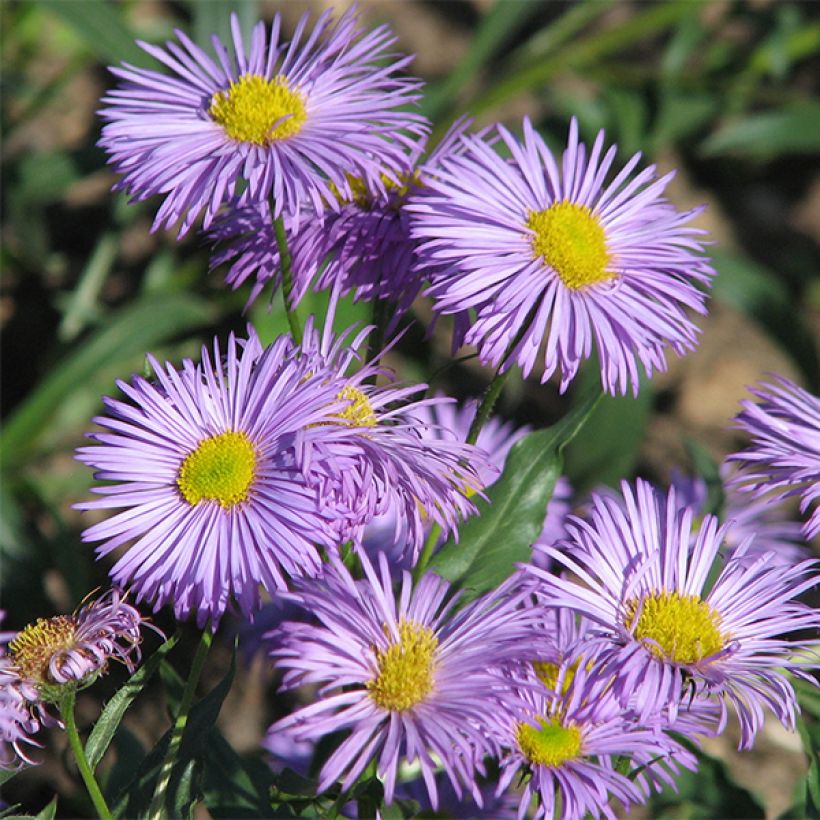

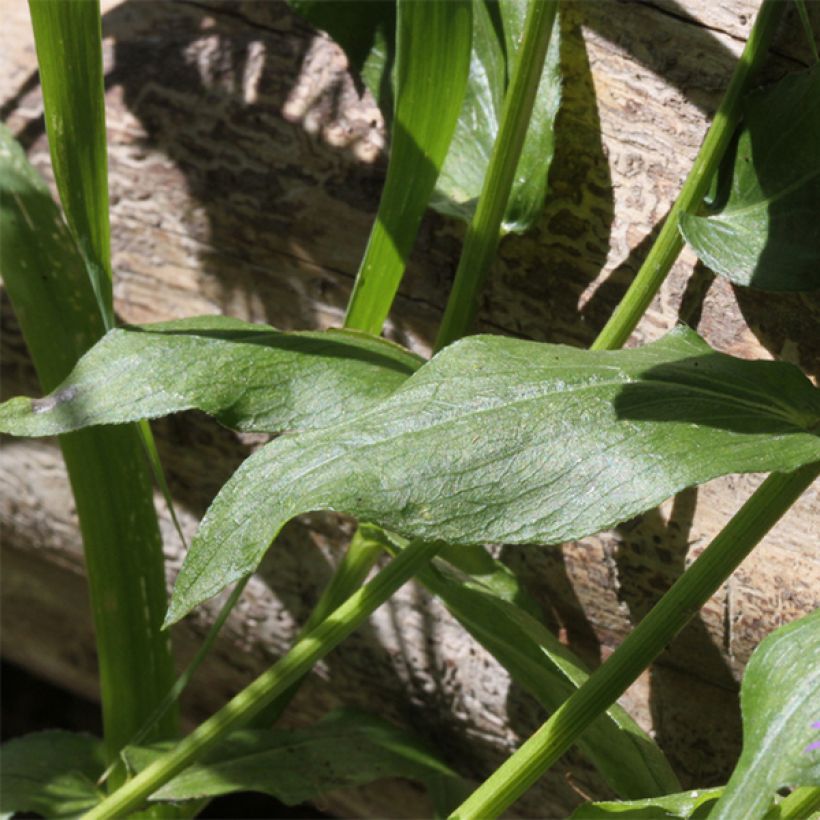

Flowering
Foliage
Plant habit
Botanical data
Erigeron
speciosus
Azure Beauty
Asteraceae
Fleabane
Cultivar or hybrid
Other Erigeron - Fleabane
View all →Planting and care
Erigeron 'Azure Beauty' can be planted in spring or autumn in the ground or even in a container, in all types of soil. However, avoid soils that tend to dry out and add some gravel if the substrate is poorly drained. It prefers a sunny exposure for a more abundant flowering.
If its stump develops rapidly, do not hesitate to divide it in autumn after the end of flowering.
Removing faded flowers during the season will promote the growth of new ones. At the end of the season, you can cut back the stems to allow the stump to regenerate. Alternatively, you can let the flowers transform into egret plumes, which will fly away in late autumn.
Planting period
Intended location
Care
Planting & care advice
-
, onOrder confirmed
Reply from on Promesse de fleurs
Similar products
Haven't found what you were looking for?
Hardiness is the lowest winter temperature a plant can endure without suffering serious damage or even dying. However, hardiness is affected by location (a sheltered area, such as a patio), protection (winter cover) and soil type (hardiness is improved by well-drained soil).

Photo Sharing Terms & Conditions
In order to encourage gardeners to interact and share their experiences, Promesse de fleurs offers various media enabling content to be uploaded onto its Site - in particular via the ‘Photo sharing’ module.
The User agrees to refrain from:
- Posting any content that is illegal, prejudicial, insulting, racist, inciteful to hatred, revisionist, contrary to public decency, that infringes on privacy or on the privacy rights of third parties, in particular the publicity rights of persons and goods, intellectual property rights, or the right to privacy.
- Submitting content on behalf of a third party;
- Impersonate the identity of a third party and/or publish any personal information about a third party;
In general, the User undertakes to refrain from any unethical behaviour.
All Content (in particular text, comments, files, images, photos, videos, creative works, etc.), which may be subject to property or intellectual property rights, image or other private rights, shall remain the property of the User, subject to the limited rights granted by the terms of the licence granted by Promesse de fleurs as stated below. Users are at liberty to publish or not to publish such Content on the Site, notably via the ‘Photo Sharing’ facility, and accept that this Content shall be made public and freely accessible, notably on the Internet.
Users further acknowledge, undertake to have ,and guarantee that they hold all necessary rights and permissions to publish such material on the Site, in particular with regard to the legislation in force pertaining to any privacy, property, intellectual property, image, or contractual rights, or rights of any other nature. By publishing such Content on the Site, Users acknowledge accepting full liability as publishers of the Content within the meaning of the law, and grant Promesse de fleurs, free of charge, an inclusive, worldwide licence for the said Content for the entire duration of its publication, including all reproduction, representation, up/downloading, displaying, performing, transmission, and storage rights.
Users also grant permission for their name to be linked to the Content and accept that this link may not always be made available.
By engaging in posting material, Users consent to their Content becoming automatically accessible on the Internet, in particular on other sites and/or blogs and/or web pages of the Promesse de fleurs site, including in particular social pages and the Promesse de fleurs catalogue.
Users may secure the removal of entrusted content free of charge by issuing a simple request via our contact form.
The flowering period indicated on our website applies to countries and regions located in USDA zone 8 (France, the United Kingdom, Ireland, the Netherlands, etc.)
It will vary according to where you live:
- In zones 9 to 10 (Italy, Spain, Greece, etc.), flowering will occur about 2 to 4 weeks earlier.
- In zones 6 to 7 (Germany, Poland, Slovenia, and lower mountainous regions), flowering will be delayed by 2 to 3 weeks.
- In zone 5 (Central Europe, Scandinavia), blooming will be delayed by 3 to 5 weeks.
In temperate climates, pruning of spring-flowering shrubs (forsythia, spireas, etc.) should be done just after flowering.
Pruning of summer-flowering shrubs (Indian Lilac, Perovskia, etc.) can be done in winter or spring.
In cold regions as well as with frost-sensitive plants, avoid pruning too early when severe frosts may still occur.
The planting period indicated on our website applies to countries and regions located in USDA zone 8 (France, United Kingdom, Ireland, Netherlands).
It will vary according to where you live:
- In Mediterranean zones (Marseille, Madrid, Milan, etc.), autumn and winter are the best planting periods.
- In continental zones (Strasbourg, Munich, Vienna, etc.), delay planting by 2 to 3 weeks in spring and bring it forward by 2 to 4 weeks in autumn.
- In mountainous regions (the Alps, Pyrenees, Carpathians, etc.), it is best to plant in late spring (May-June) or late summer (August-September).
The harvesting period indicated on our website applies to countries and regions in USDA zone 8 (France, England, Ireland, the Netherlands).
In colder areas (Scandinavia, Poland, Austria...) fruit and vegetable harvests are likely to be delayed by 3-4 weeks.
In warmer areas (Italy, Spain, Greece, etc.), harvesting will probably take place earlier, depending on weather conditions.
The sowing periods indicated on our website apply to countries and regions within USDA Zone 8 (France, UK, Ireland, Netherlands).
In colder areas (Scandinavia, Poland, Austria...), delay any outdoor sowing by 3-4 weeks, or sow under glass.
In warmer climes (Italy, Spain, Greece, etc.), bring outdoor sowing forward by a few weeks.






























